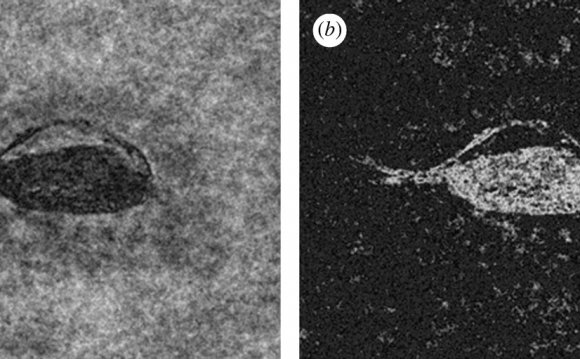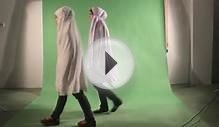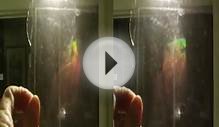
Last time I have discussed the basic definition of holography and hologram. Today I will discuss the process with the help of which hologram is formed or complete picture is recorded:
1. Recording of hologram. The recording of hologram is based on the phenomenon of interference. It requires a laser source, a plane mirror or beam splitter, an object and a photographic plate. A laser beam from the laser source is incident on a plane mirror or beam splitter. As the name suggests, the function of the beam splitter is to split the laser beam. One part of splitted beam, after reflection from the beam splitter, strikes on the photographic plate. This beam is called reference beam. While other part of splitted beam (transmitted from beam splitter) strikes on the photographic plate after suffering reflection from the various points of object. This beam is called object beam.
The object beam reflected from the object interferes with the reference beam when both the beams reach the photographic plate. The superposition of these two beams produces an interference pattern (in the form of dark and bright fringes) and this pattern is recorded on the photographic plate. The photographic plate with recorded interference pattern is called hologram. Photographic plate is also known as Gabor zone plate in honour of Denis Gabor who developed the phenomenon of holography.
Each and every part of the hologram receives light from various points of the object. Thus, even if hologram is broken into parts, each part is capable of reconstructing the whole object.
 Figure: Recording process in holography
Figure: Recording process in holography
2. Reconstruction of image.. In the reconstruction process, the hologram is illuminated by laser beam and this beam is called reconstruction beam. This beam is identical to reference beam used in construction of hologram.
The hologram acts a diffraction grating. This reconstruction beam will undergo phenomenon of diffraction during passage through the hologram. The reconstruction beam after passing through the hologram produces a real as well as virtual image of the object.
Figure: Reconstruction process in Holography
One of the diffracted beams emerging from the hologram appears to diverge from an apparent object when project back. Thus, virtual image is formed behind the hologram at the original site of the object and real image in front of the hologram. Thus an observer sees light waves diverging from the virtual image and the image is identical to the object. If the observer moves round the virtual image then other sides of the object which were not noticed earlier would be observed. Therefore, the virtual image exhibits all the true three dimensional characteristics. The real image can be recorded on a photographic plate.
Kindly Read This Also :
Note from winnerscience: If you want the e-notes of all the laser documents that will include the basics of lasers like stimulated absorption, difference between spontaneous and stimulated emission, Einstein Coefficients, properties and applications of lasers, complete construction and working of lasers like Ruby laser, He-Ne laser, Carbon dioxide laser, Nd:YAG laser, dye laser, semiconductor laser, holography and additional articles of Q-switching and mode locking, then please contact winnerscience@gmail.com. You can post your queries also there.
RELATED VIDEO











